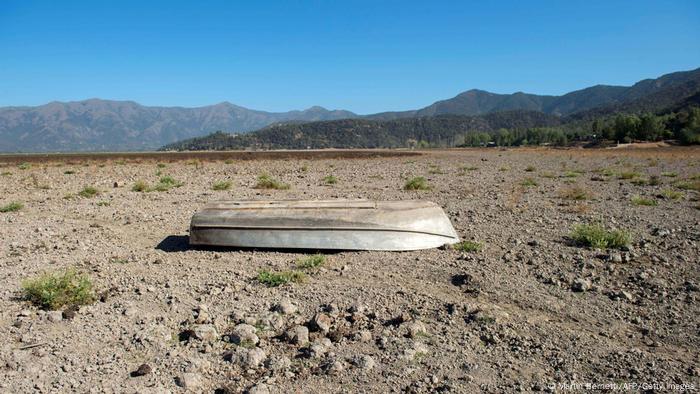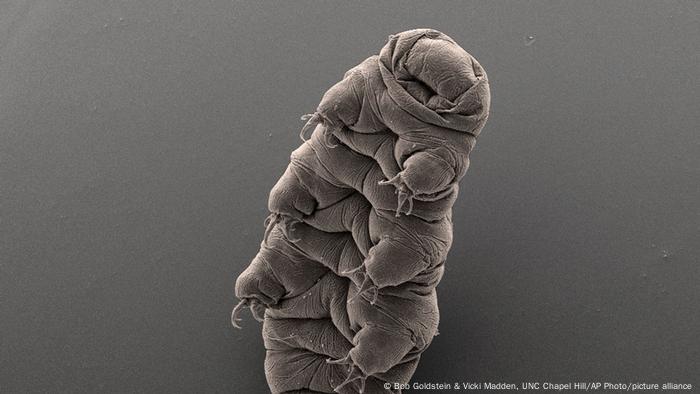THESE IMPACT CANADA TOO
EPA proposes new emissions guidelines for semis, other heavy-duty vehicles
A layer of smog is seen hanging over downtown Los Angeles, Calif. The EPA unveiled a proposal Monday that aims to dramatically cut down on nitrogen oxide emissions from semi trucks and other heavy-duty vehicles.
File Photo by Etienne Laurent/EPA-EFE
March 7 (UPI) -- Federal environmental regulators announced new restrictions Monday that aim to cut down on smog-producing emissions from newly built semi trucks.
The Environmental Protection Agency unveiled the proposal, which says the tougher emissions standards would promote clean air and reduce pollution from heavy-duty vehicles beginning with the 2027 model year.
Once passed, the rules would cut output of nitrogen oxide that's produced by combustion gas and diesel engines. Nitrogen oxide is a key component that produces smog and can be harmful to humans who breathe it in.
The EPA will then set separate guidelines for greenhouse gas emission standards for the 2030 model year, the plan says, as it looks to set a long-term goal of implementing zero-emissions vehicles across the heavy-duty sector.
The proposals are part of the EPA's Clean Trucks Plan as it looks to cut nitrogen oxide emissions from trucks by as much as 60% by 2045.
If implemented, the agency expects the guidelines would result in as many as 2,100 fewer premature deaths and thousands of fewer hospital visits.
"These new standards will drastically cut dangerous pollution by harnessing recent advancements in vehicle technologies from across the trucking industry as it advances toward a zero-emissions transportation future," EPA Administrator Michael Regan said in a statement.
"Seventy-two million people are estimated to live near truck freight routes in America, and they are more likely to be people of color and those with lower incomes.
"These overburdened communities are directly exposed to pollution that causes respiratory and cardiovascular problems, among other serious and costly health effects."
A comment period will give the public an opportunity to give feedback on the proposal.
Last November, Vice President Kamala Harris announced nearly $200 million for projects to produce cleaner cars and trucks.
March 7 (UPI) -- Federal environmental regulators announced new restrictions Monday that aim to cut down on smog-producing emissions from newly built semi trucks.
The Environmental Protection Agency unveiled the proposal, which says the tougher emissions standards would promote clean air and reduce pollution from heavy-duty vehicles beginning with the 2027 model year.
Once passed, the rules would cut output of nitrogen oxide that's produced by combustion gas and diesel engines. Nitrogen oxide is a key component that produces smog and can be harmful to humans who breathe it in.
The EPA will then set separate guidelines for greenhouse gas emission standards for the 2030 model year, the plan says, as it looks to set a long-term goal of implementing zero-emissions vehicles across the heavy-duty sector.
The proposals are part of the EPA's Clean Trucks Plan as it looks to cut nitrogen oxide emissions from trucks by as much as 60% by 2045.
If implemented, the agency expects the guidelines would result in as many as 2,100 fewer premature deaths and thousands of fewer hospital visits.
"These new standards will drastically cut dangerous pollution by harnessing recent advancements in vehicle technologies from across the trucking industry as it advances toward a zero-emissions transportation future," EPA Administrator Michael Regan said in a statement.
"Seventy-two million people are estimated to live near truck freight routes in America, and they are more likely to be people of color and those with lower incomes.
"These overburdened communities are directly exposed to pollution that causes respiratory and cardiovascular problems, among other serious and costly health effects."
A comment period will give the public an opportunity to give feedback on the proposal.
Last November, Vice President Kamala Harris announced nearly $200 million for projects to produce cleaner cars and trucks.




















